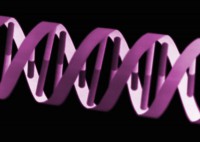
A new study has linked certain types of birth control pills to a higher near-term risk of breast cancer, but the finding is unlikely to affect the majority of young American women.
“The study found no relationship between an increased cancer risk and the use of low-dose estrogen pills, which are currently the most commonly prescribed type of birth control pills in the U.S.,” according to a CBS News report.
High Risk Pills
The birth control pills implicated in the study are those containing moderate to high doses of estrogen. While birth control pills containing a moderate estrogen dose elevated breast cancer risk only slightly, high-estrogen medications nearly tripled breast cancer risk.
The two greatest offenders were triphasic combination pills containing norethindrone and birth control pills containing ethynodiol diacetate. If your birth control pills contain either of these ingredients, Issels Cancer Treatment Center staff urges you to talk to your doctor.
No Need to Panic
“Breast cancer is rare among young women, and there are numerous established health benefits associated with oral contraceptive use that must be considered,” study author Elisabeth Beaber of Seattle’s Fred Hutchinson Cancer Research Center told CBS News.
She recommended that women exercise caution in interpreting the study’s results, which are yet to be confirmed, and discuss their breast cancer risk with their physician. As CBS notes, some other studies have shown no appreciable link between birth control pills and increased breast cancer risk. Previous studies have shown that breast cancer risk declines when women discontinue birth control pills.
Like cancer risk, breast cancer treatment must be personalized to the unique needs of each individual. Visit our website for more information.





